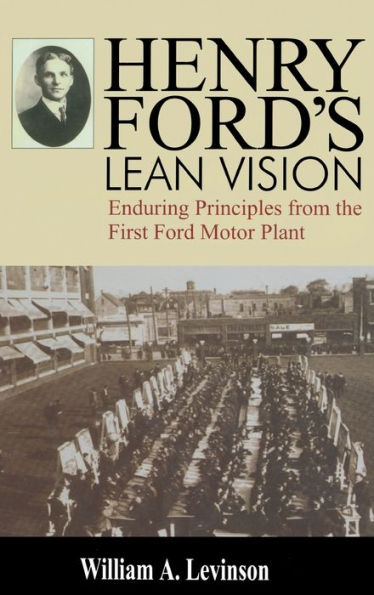5
1
9781563272608


Henry Ford's Lean Vision: Enduring Principles from the First Ford Motor Plant / Edition 1 available in Hardcover

Henry Ford's Lean Vision: Enduring Principles from the First Ford Motor Plant / Edition 1
- ISBN-10:
- 1563272601
- ISBN-13:
- 9781563272608
- Pub. Date:
- 09/10/2002
- Publisher:
- Taylor & Francis
- ISBN-10:
- 1563272601
- ISBN-13:
- 9781563272608
- Pub. Date:
- 09/10/2002
- Publisher:
- Taylor & Francis
66.99
In Stock

Product Details
| ISBN-13: | 9781563272608 |
|---|---|
| Publisher: | Taylor & Francis |
| Publication date: | 09/10/2002 |
| Pages: | 400 |
| Product dimensions: | 6.12(w) x 9.19(h) x (d) |
From the B&N Reads Blog
